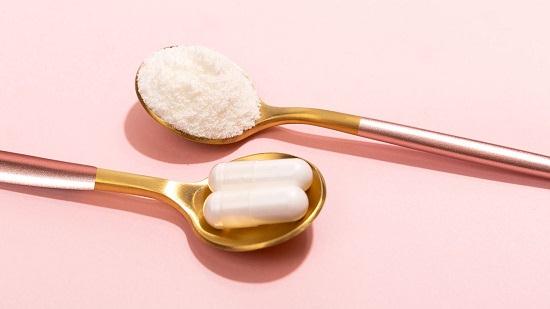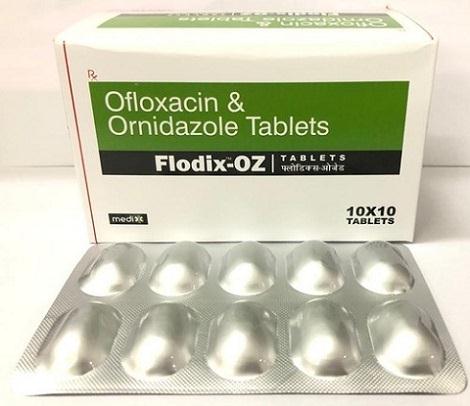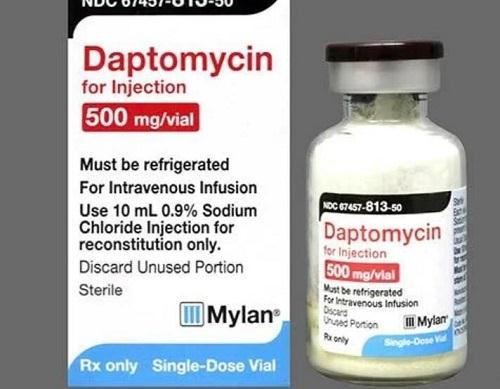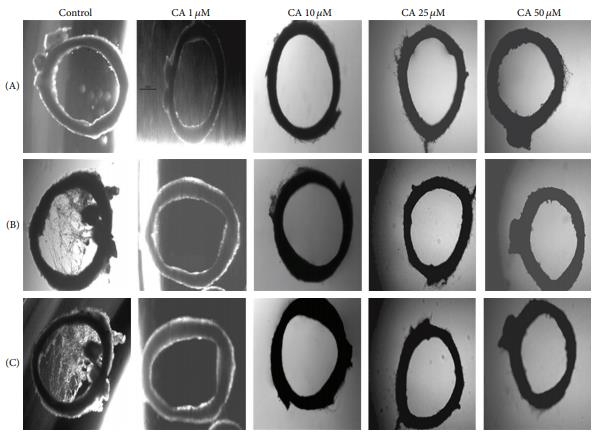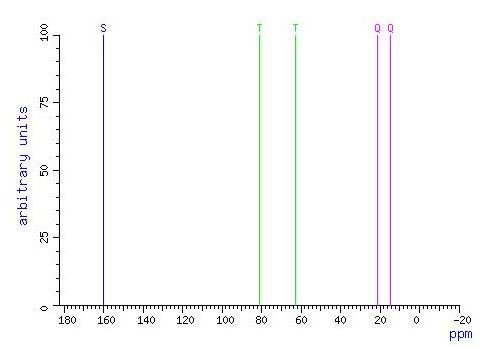Benefits of L-proline
L-proline plays important roles in protein synthesis and structure, metabolism (particularly the synthesis of arginine, polyamines, and glutamate via pyrroline-5-carboxylate), and nutrition.
Jan 3,2023 Biochemical EngineeringWhat does Collagen do?
Collagen is the most abundant protein found in the body. These proteins form a mesh of fibers that help provide support and flexibility to the body’s tissues and form key components that lead to healt
Jan 3,2023 APIOMadacycline: Mechanism, Bioactivity and Chemical and Toxicological Studies
Omadacycline is a novel antibacterial agent of the tetracycline family, which is currently under clinical development as both intravenous and oral formulations. This new tetracycline has sh
Jan 3,2023 APIPVB:Uses,Preparation
Polyvinyl butyral (PVB) is a well-known thermoplastic (noncross-linked) encapsulant. It has been used for a long time in architecture for safety-glass laminates as well as in the PV industry for build
Dec 30,2022 Catalyst and AuxiliaryUses and Hazards of Butyl lactate
?Butyl lactate is a colorless liquid with a mild odor. It is used in making paint, inks, perfumes and dry cleaning fluid, and as a solvent in varnish and lacquers.
Dec 30,2022 Organic ChemistryOrnidazole:Uses,Mechanism,Dosage,Side effects
Ornidazole is an antibiotic used to treat protozoan infections.A synthetic nitroimidazole, it is commercially obtained from an acid-catalyzed reaction between 2-methyl-5-nitroimidazole and epichlorohy
Dec 29,2022 APIWhat is Daptomycin Used for?
Daptomycin is an antibiotic used to treat serious bacterial infections. It works by stopping the growth of bacteria.This medication is not recommended for use in children younger than 12 months due to
Dec 29,2022 APIPolyquaternium-7: Application and Safety
Polyquaternium-7 can be used in hair care products such as fluffers, bleaches, dyes, shampoos, conditioners, and setting AIDS (mousse).
Dec 29,2022 Catalyst and AuxiliaryChebulagic acid: Preparation and Bioactivity
Chebulagic acid is a double inhibitor of COX-LOX extracted from fruit.
Dec 29,2022 Plant extracts2-Ethoxypropene: Theoretical Study, Application and Bioactivity
2-Ethoxypropene is a hydrocarbon organic matter, which can be used as an organic intermediate.
Dec 29,2022 Organic Synthesis Intermediate




